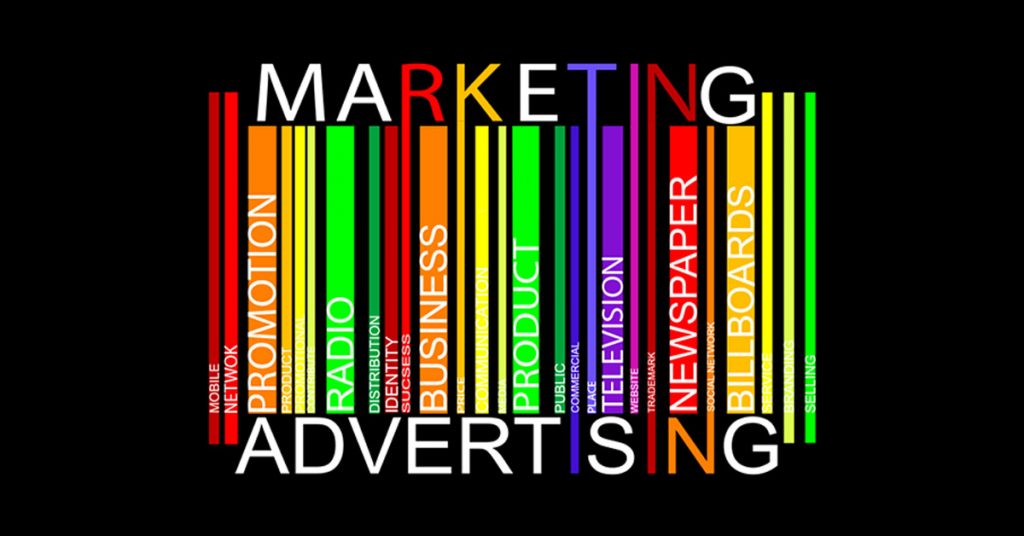
The Difference Between Marketing and Advertising
The terms “marketing” and “advertising” are often used interchangeably, but although they are closely related, it’s important to understand the difference to effectively take advantage of both when creating strategies to raise awareness about a brand.
When people refer to marketing, they are really talking about a series of actions that create a strategic plan designed to expose a product or service to the public. In order to create these plans, businesses should focus on what marketing professor and author E. Jerome McCarthy coined “the four P’s”— product, price, place, and promotion—which include the following activities.
Product: When businesses develop products or services they want to sell, they consider the needs of the market—whether they’re addressing a current need or anticipating a future one.
Price: Companies are tasked with finding the delicate balance between pricing a product competitively and maintaining profitability, which requires careful consideration.
Place: Businesses must make decisions about the level of distribution that is appropriate for their products, from selective to exclusive to franchising distribution.
Promotion: This describes the vehicles companies use to communicate messages about their brand.
And this last “P” of marketing is where advertising comes in. Although marketing includes a wide array of activities—such as market research, brand development, customer service, media planning, and public relations—advertising is the most visible and the most expensive. Through advertising, companies make their products and services known to potential customers and attempt to persuade them to buy.
Advertising goes hand-in-hand with other marketing activities for a number of reasons. First and foremost, when organizations choose which type of media they will use for a campaign—whether it is direct mail, radio, Internet, television, or billboard—they must use the data they collected about their audience through market research to make an informed decision on where to put their advertising dollars. Similarly, advertising is closely linked to customer support and sales because it doesn’t matter how persuasive a company’s new campaign is if they don’t provide a positive experience to the prospective customers they attract.
In order to get the most out of marketing and advertising, it’s important for companies to understand how they are related, as well as how the differ. Viewing advertising in a vacuum is a costly mistake that won’t yield the results companies are looking for.


Very nice article to read! advertisement is the part of marketing. market research, brand development, customer service, media planning, and public relations all are stages of marketing and advertisement is also part of marketing.